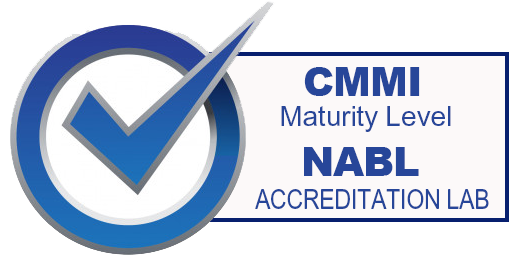- Call Us Now : +91 933-658-5266
- Send Us Email : geovisioninfocom@gmail.com
Tornado
Don't Take Risks Learn To Manage Well.

Preventive measures to reduce the risk of Tornado
Four components of prevention Tornado disasters
- Formulation and implementation of proper building codes. Cooperation of the public with relevant authorities
- Public education and awareness in schools, media and community centers about tornadoes.
- Proper evacuation procedures for public buildings.
- Addressing the traffic situation. Proper storage for animals
Readiness towards Tornado
- Pick an uncluttered place where family members could seek shelter: a basement, a center hallway, bathroom, or closet on the lowest floor.
- Kits should contain a first aid kit and essential medications, canned food and manual can opener, bottled water, flashlights and a battery-powered radio with extra batteries and other emergency items for the whole family.
- One way to get your employees involved is to coordinate a series of training sessions for various disasters and other emergencies, how to prepare for them, and what to do when they happen. Maybe hold one per week throughout the month. Tell employees what they need to know and show them what to do in various disaster situations.
- Once you’ve held your training session, give out tests to see how much your employees have actually learned, and how prepared they really are. Give the tests at least a day or two after the training, to make sure that the information is really sticking, and have one big test at the end, covering everything your workers have been taught.


Response to Tornado
The information below provides a brief summary of some of the most common hazards associated with Tornado as well as precautions that can be taken to protect against those hazards:
- Hazardous driving conditions due to slippery and/or blocked roadways. Slips and falls due to slippery walkways
- Falling and flying objects such as tree limbs and utility poles. Sharp objects including nails and broken glass
- Electrical hazards from downed power lines or downed objects in contact with power lines. Falls from heights
- Burns from fires caused by energized line contact or equipment failure. Exhaustion from working extended shifts
Regaining after Tornado
Four components of Recovery from Tornado disasters
- Continue to monitor your local radio or television stations for emergency information and the potential of additional storms. Be aware of possible structural, electrical, or gas-leak hazards.
- If such hazards are identified, report them to the proper local authorities and/or utility. Do not touch downed power lines or objects in contact with downed power lines.
- Wear proper clothing when walking on or near debris, including boots and gloves.
- Use the proper safety precautions when operating generators, chainsaws, or other power tools.



